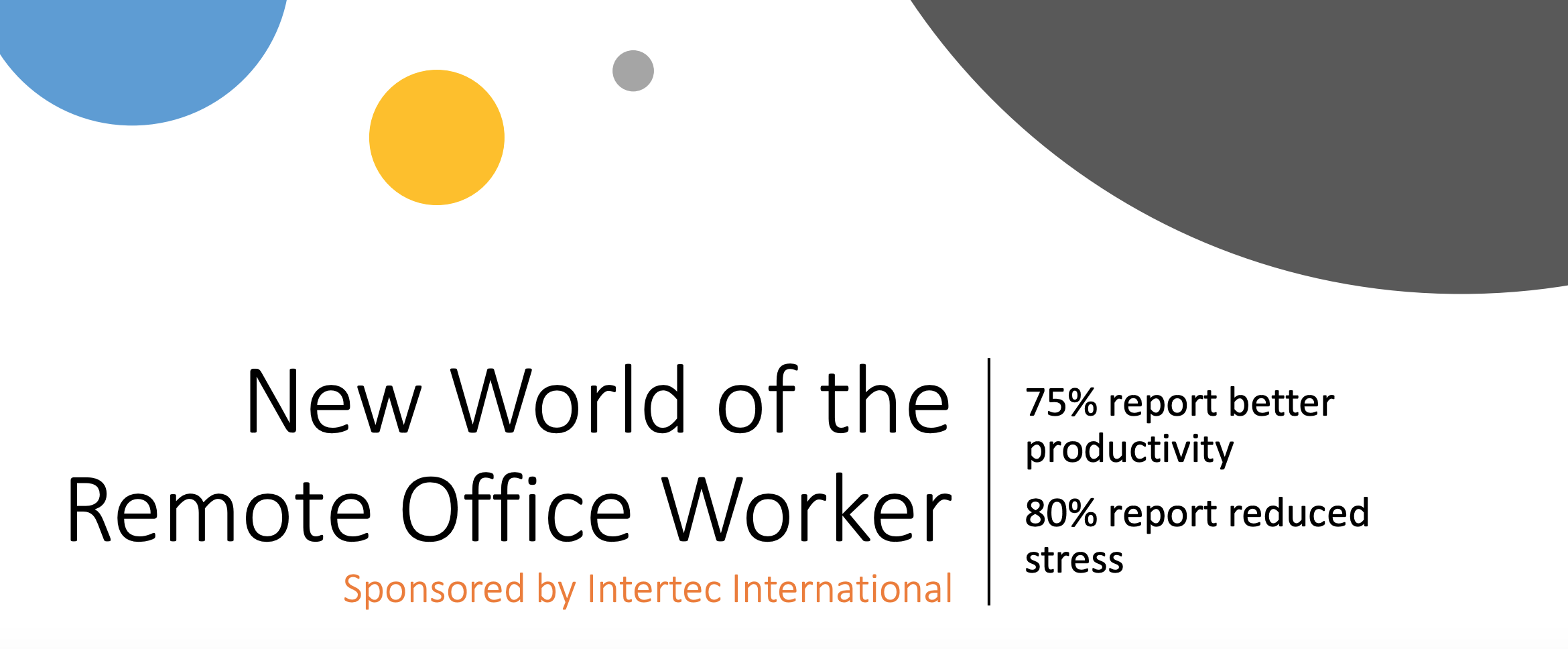In a recent article, Gartner sketched out a hypothetical 3-year TCO timeline for a migration to cloud-based Infrastructure-as-a-service (IaaS) on AWS EC2. Their analysis showed a slow road to positive ROI, with on-premise infrastructure costs shrinking at a slower rate than the growth in cloud-computing costs for the length of a two-year migration. It was only at that point that the hypothetical business was able to shut down its on-premise data centers completely. From there, there was still a question of rightsizing their IaaS deployment, setting scheduling policies, and establishing reserve instances before the cloud management costs tapered off.
 Of course, this is only one hypothetical, and it may not represent a business case that applies to every company. But the basic theme—that the cost implications between moving your databases to the cloud versus physically managing them yourself aren’t simple or cut and dried—is an important thing to keep in mind as you look to improve the performance of your infrastructure. When building your own business case for potential cloud deployment scenarios, you’ll need to strive for realistic timelines for both migration and things like right-sizing and other cost management techniques, just as you’ll need to consider other areas where hidden costs and pitfalls might be lurking.
Of course, this is only one hypothetical, and it may not represent a business case that applies to every company. But the basic theme—that the cost implications between moving your databases to the cloud versus physically managing them yourself aren’t simple or cut and dried—is an important thing to keep in mind as you look to improve the performance of your infrastructure. When building your own business case for potential cloud deployment scenarios, you’ll need to strive for realistic timelines for both migration and things like right-sizing and other cost management techniques, just as you’ll need to consider other areas where hidden costs and pitfalls might be lurking.
As we’ll see below, most companies wind up employing some kind of cloud technology—whether that’s large-scale IaaS, PaaS, SaaS, end-point and device management, or any other model—and doing so in a way that returns your investment is possible. You just need to be in possession of all the facts.
Facts and Figures
In 2018, one estimate suggested that 96% of organizations relied on the cloud in some form or another—with most of those companies planning to expand their usage, as well as their spending, going forward. Most of this increase was expected to come from additional public cloud spending (71% of companies), with fewer companies ramping up their private cloud spending (23%). At the time the survey was taken, half of SMBs were spending less than $10,000 per month on their cloud bills, but that number has undoubtedly been shrinking, with even smaller companies devoting more and more of their budget to cloud spending.
Given the above, it’s easy to see why optimizing cloud costs was the top concern survey respondents listed. By the same token, it’s easy to see why more than 70% of respondents in a separate study said that optimizing existing cloud deployments was their top priority. Simply put, a lot of businesses are learning first hand that the ideal cloud deployment doesn’t happen automatically.
Instead, it requires a carefully thought-out migration run by cloud experts, plus an efficient architecture and ongoing maintenance in terms of cost management, infrastructure management, remote management of physical assets, and troubleshooting down the road when something goes wrong. Of course, all of this can still put you in a better position from a budgeting perspective than retaining a team of on-site IT folks to manage your physical assets—and it puts you in a position to reap the efficiency and performance benefits that the cloud can provide. It’s just a question of managing your migration and deployment with an eye towards your TCO.
Calculating TCO
Okay, but how do you actually estimate what your TCO is going to be for a particular cloud service or platform? Well, for starters, the various cloud providers all offer their own calculators for how much you might expect to pay on an ongoing basis:
- AWS: https://calculator.aws/#/
- AWS Simple Monthly Calendar: https://calculator.s3.amazonaws.com/index.html#s=RDS
- Azure Pricing Calculator: https://azure.microsoft.com/en-us/pricing/calculator/
- Azure TCO Calculator: https://azure.microsoft.com/en-us/pricing/tco/calculator/
- Google: https://cloud.google.com/products/calculator
Each of these tools can give you both a useful baseline and the basis for price comparisons (which will naturally factor into your cloud provider decision making process), but the Azure TCO calculator is in some ways the most interesting conceptually. It lets you plug in specific numbers for everything from hardware, software, and electricity to IT admin labor costs and specific storage-related costs. If you spend a few minutes playing around with the functionality based on your baselines, it’ll spit out direct cost comparisons for TCO 5 years out between Azure and on-prem storage and computing.
Here, two things might occur to you: First, because there are so many parameters to consider, the only way to get a robust, accurate estimate is to go in with a high baseline level of knowledge about your existing infrastructure and the way that you expect to architect your cloud deployment. In other words, you may need to take any sort of direct TCO comparison derived that way with a grain of salt, unless you’ve got a lot of cloud management expertise on tap.
Second, if you run through the calculations, you might notice that they don’t seem to take into account the lessons we learned from Gartner above. For instance, there’s likely going to be a period where you have both cloud infrastructure and physical infrastructure operating in parallel. An experienced team that’s performed migrations and modernizations in multiple different IT environments will be able to minimize the length of time that takes, but there will still be a period where you’re paying for cloud services while still operating on-prem servers. This means that your cloud TCO includes some physical computing and physical asset maintenance costs during the migration period.
By the same token, Gartner suggests that you’re probably going to wind up overpaying when you finally make the cutover and you’re trying to right-size your deployment, set up your reserve instances, etc. This means that the TCO you calculate up front will either reflect an overly conservative number—or it will show a number that’s much lower than your real costs. And this is before we even get into the question of whether your migration timeline is reasonable—considering that half of migration face delays due to lack of skills, this is something that you need to consider.
Hidden Cost Levers in Cloud Migration and Management
We’ve seen some of the ways that TCO calculations aren’t as straightforward as they may seem—but what about the costs themselves? Gone are the days when the cloud is automatically the cheaper option, but public cloud deployments are still going to represent the most flexible and dynamic options. The question is how to leverage that flexibility into the ideal balance between cost management and application performance within the context of technology stack modernization. Here, Gartner points out a useful distinction between cost reduction and cost optimization:
- Reduction: This is just what it sounds like—you make adjustments that don’t impact the actual architecture of the deployment in order to minimize your monthly AWS or Azure bill. This includes things we’ve mentioned, such as right-sizing and scheduling, and other techniques like finding programmatic discounts, paring down unused resources, powering increased efficiency through DevOps, etc.
- Optimization: This involves actually changing your architecture in order to organically drive down costs. Adjusting your data storage policies, for instance, can help you change the way people use your cloud infrastructure in a way that lowers your billing. So can setting up autoscaling, modernizing your platforms, etc.
In an on-premise deployment, these considerations don’t exist in the same way. You can more or less tally up the cost of hardware, software, electricity, IT labor and other costs—taking into account the need for periodic upgrades and updates—and go from there. You may need to adjust over time, but you’ll be working within a framework that’s pretty familiar to IT generalists. With the public cloud, there’s an inherent level of complexity that makes it difficult to even reach an initial estimate for those who don’t have a lot of existing cloud experience.
This is all before we even get into cost comparisons between on-prem and hybrid clouds (the preferred deployment method for more than 70% of CIOs) or private clouds. These tend to be more expensive than public cloud deployments, but they also provide advantages in terms of how much control you have over your data and processes. Here, a similar set of questions and concerns will apply. And, again, it will be difficult to get an accurate read of the likely cost implications over the next 3-5 years if you don’t already have a strong familiarity with the cost reduction and optimization levers we alluded to above.
How Managed Services Can Help
Let’s take a step back for a second. We sketched out a lot of complexities and grey areas above, and it might be offering a somewhat daunting picture of cloud migration and management, at least from a budgetary perspective. In reality, all we’re trying to suggest is that real cloud experts need to be brought in as stakeholders from the very first step in order to ensure that you’re looking at each stage of the process with the relevant context and background information. Whether you’re just starting to consider the feasibility of modernizing your technology stack, or you’re deciding between different providers and need to understand what your deployment will actually look like down the line, there’s value to be had in bringing in an expert advisor. Sure, some businesses already have experts on staff—but for those that don’t, it’s an important starting point even for the sorts of hypothetical TCO calculations we’ve been talking about.
Once you’re already reaching outside your organization for support, there’s actually a lot that a managed cloud solution provider can do to help you keep your TCO down right from the get-go. This starts with larger architecture questions and can continue, based on your precise needs, with rapidly scalable migration support, cloud infrastructure management, and even outsourced DevOps. By relying on the experience and expertise of a team for whom cloud deployment is routine, you can modernize more quickly and configure your initial deployment more accurately—and, as we’ve seen, both of those benefits can have a big impact on your TCO.
Learn More About Intertec's Cloud Solutions:
Intertec’s teams have hands-on experience in developing and migrating applications on leading cloud platforms. In addition to design and development, we provide a complete range of application testing, deployment and ongoing support services, including managing physical infrastructure and offering outsourced DevOps teams. Click here to learn more. Prefer a personal consultation? Go ahead and schedule a meeting with us here!









